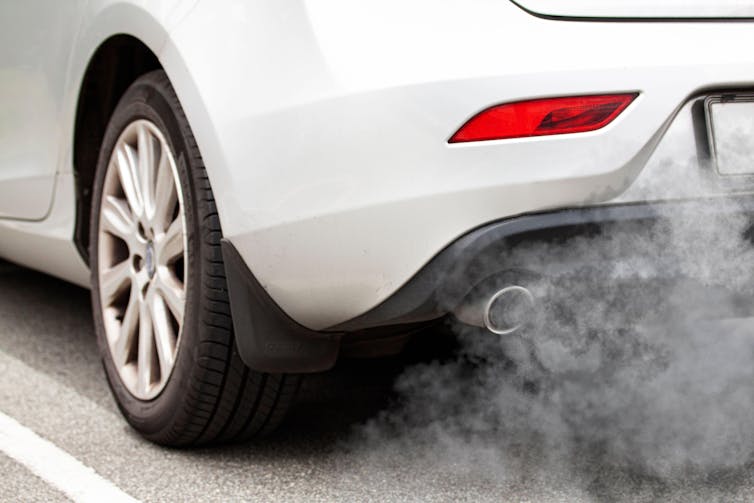Vapers experience DNA changes, according to a recent paper published in Nature, and the changes are similar to those seen in smokers – although much less pronounced.
Crucially, this evidence was based on a few people by examining changes in their DNA at the time of the analysis, similar to creating a snapshot image, without considering any potential future change in vaping or smoking behaviour. The study does not provide real-world evidence of vaping-associated ill health in humans.
Positively, the study attempts to separate the effects of vaping itself from the effects of damage caused by tobacco smoking. This is difficult because most vapers use e-cigarettes to help them stop smoking and so are likely to be ex-smokers.
An important outcome of this analysis, somewhat buried in the paper, is that the damaged genes in smokers was about 7.4 times higher than in vapers. So what this study finds is what we know already: vaping is not completely risk free but is much less risky than smoking tobacco.
Transcriptomics (the study of “gene readouts” in a cell), which this study used, is a promising field that explores the molecular mechanisms and potential processes leading to the future development of cancer. However, it cannot currently be used to accurately predict future cancer risk.
The study recruited a relatively small number of people who were not representative of the population. And it did not consider other lifestyle habits that may affect the measurements, such as alcohol use.
Studies are already emerging showing that switching from smoking to e-cigarettes can have health benefits, such as improvement in respiratory symptoms and lung function in asthma patients, or improvements in measurements that predict the future development of disease, such as blood vessel function for cardiovascular disease.
Other studies show that exposure to toxins is far lower in vapers who used to smoke compared with current smokers. It is important to look at all the evidence, which supports the harm reduction role of e-cigarettes as a smoking substitute.
Sadly, studies that do not examine direct clinical effects are easily interpreted and reported as evidence of health damage. A Daily Mail headline states: “Vaping damages DNA and raises the risk of cancer the same way as cigarettes”. Although the second part of the headline offers balance: “but it’s not as bad as traditional smoking”, the damage to public perceptions may already be done.
Nothing is risk free
No one is claiming that e-cigarettes are completely risk free. Inhaling anything into the lung may result in changes to DNA that could increase risks for future disease. Inhaling fumes from diesel cars, for example, has been shown to cause DNA changes. For the public good, the focus should be on reducing harm, since preventing all harm is impossible.

Many people are physically dependent on nicotine. People may come to first use nicotine through smoking tobacco, or, less commonly, may start using nicotine by vaping. Once dependent, it is very hard to quit. If you try to stop, you will suffer from unpleasant withdrawal symptoms and experience cravings.
Some people, particularly with support, can overcome nicotine dependence. Others find it more difficult or don’t want to stop using nicotine. For these people, public health doctors must encourage smokers to use nicotine in ways that reduce harm, through vaping or by using nicotine replacement products.
The costs to people’s health of using nicotine by continuing to smoke are huge. The World Health Organization estimates that tobacco kills more than 8 million people a year.
It is irresponsible to report sensationalist headlines to the public based on complex studies that in reality do not show any real-world harm. Particularly compared to the immense harms to health of tobacco smoking.


